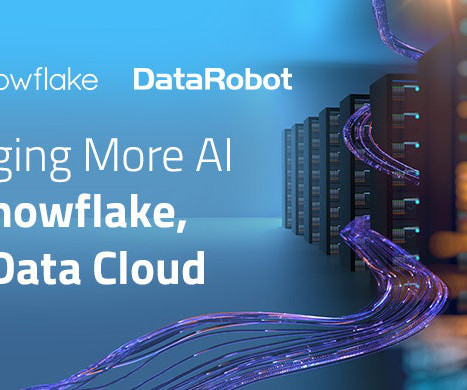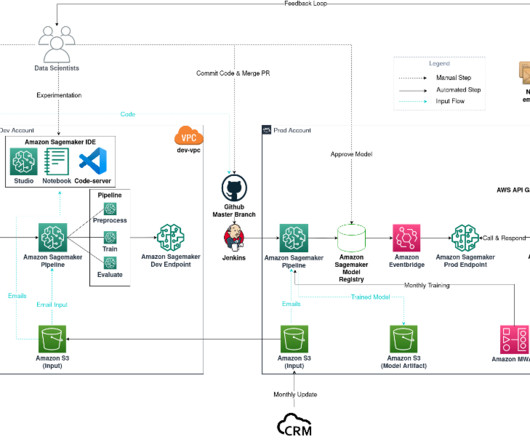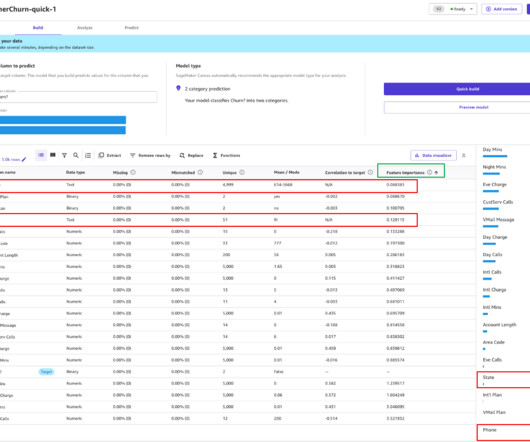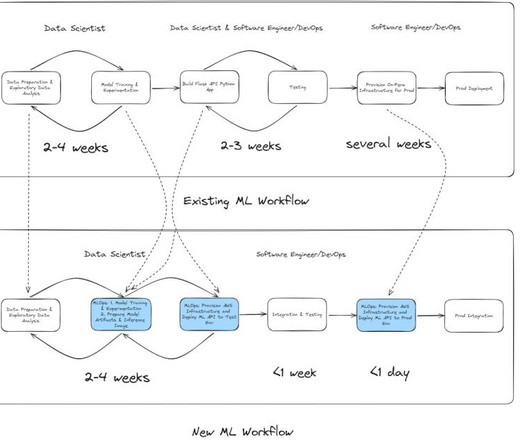Bringing More AI to Snowflake, the Data Cloud
DataRobot Blog
FEBRUARY 28, 2023
This includes: Supporting Snowflake External OAuth configuration Leveraging Snowpark for exploratory data analysis with DataRobot-hosted Notebooks and model scoring. Exploratory Data Analysis After we connect to Snowflake, we can start our ML experiment. launch event on March 16th.















Let's personalize your content